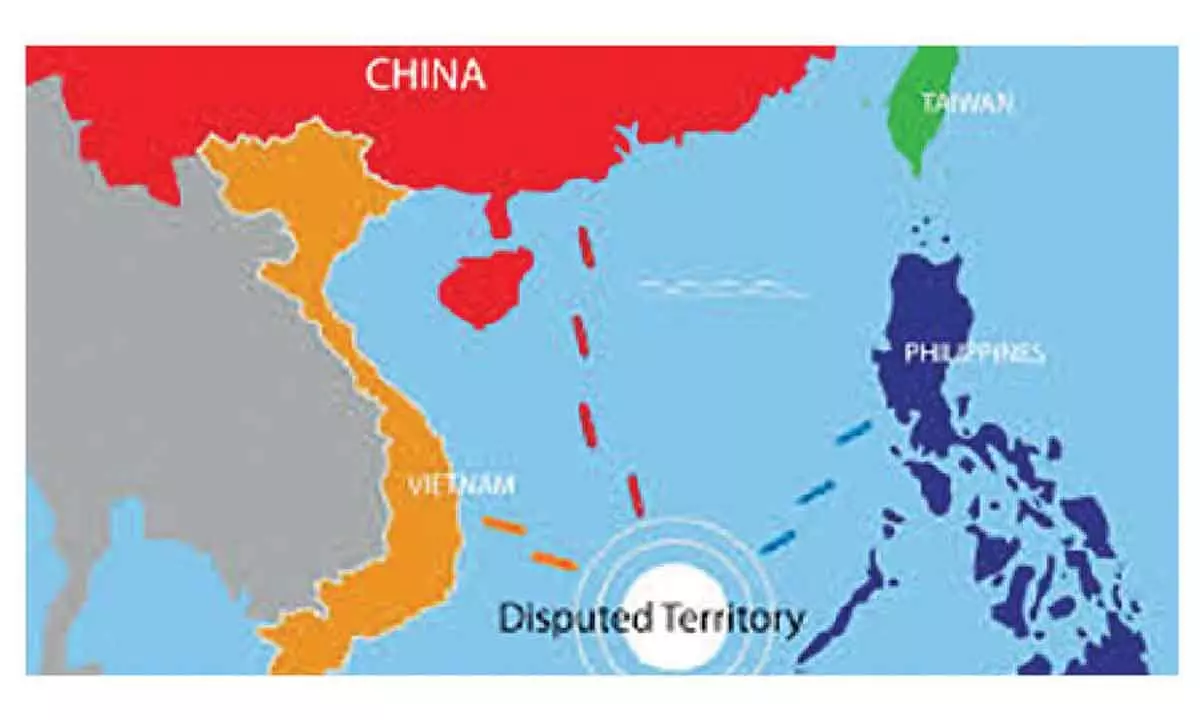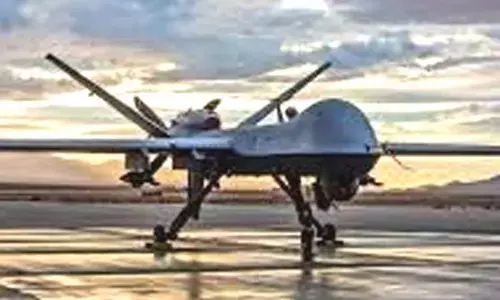War games stirring up troubled waters

The Philippines − emboldened by US − squares up to Beijing at sea
US Marines joined Filipino counterparts on May 5, 2024, for a mock battle at a telling location: a small, remote territory just 100 miles off the southern tip of the contested island of Taiwan.
The aim is to display a united front against China, which Washington and Manila perceive as a threat to the region. Balikatan is Tagalog for “shoulder to shoulder.”
Joint Philippines-U.S. naval drills have become an annual event. But as an expert in international relations, I believe this year’s drills mark an inflection point in the regional politics of the South China Sea.
For the first time, warships taking part in the exercise ventured outside the 12-mile boundary that demarcates the territorial waters of the Philippines. This extends military operations into the gray area where the Philippines’ exclusive economic zone rubs up against the territory claimed by China and designated by its “nine-dash line.”
Also for the first time, the U.S. deployed an advanced mobile launcher for medium-range ballistic and cruise missiles of a type that had been banned under the now-defunct Intermediate-Range Nuclear Forces Treaty. In addition, the Philippine navy is showing off its newest acquisition, a South Korean-built missile frigate.
The South China Sea has long been the source of maritime disputes between China, which claims the vast majority of its waters, and nations including Vietnam, the Philippines, Malaysia and Indonesia. In addition, heightened tensions over the status of Taiwan – a territory that the Biden administration has pledged to defend militarily in the event of a Chinese invasion – have made the South China Sea even more strategically important.
Containment at sea
The US is increasingly intent on building up regional alliances as part of a strategy to contain China. It has also become more vocal in condemning challenges to the Philippines from China. US carefully avoided promising to protect the far-flung islands, atolls and reefs claimed by Manila for seven decades following the signing of the Mutual Defense Treaty with the Philippines in 1951. Only in March 2019 did then-Secretary of State Mike Pompeo assert that the treaty covers all of the geographical area over which the Philippines asserts sovereignty.
Rocking the boat
In January 2024, the Philippines broke with its adherence to a prohibition on erecting structures on disputed territory, which was part of the 2002 Declaration on the Conduct of Parties in the South China Sea, by installing electronic surveillance equipment on Thitu Island, which sits beyond Scarborough Shoal in the heart of a cluster of disputed formations. This was followed by announced plans to put water desalination plants on Thitu, Nanshan Island and Second Thomas Shoal, making it possible to maintain permanent garrisons on these isolated outposts.
Manila has continued to assert its maritime rights by announcing that armed forces would escort exploration and mining activities in the exclusive economic zone.
A more assertive Philipp 140ines may end up contributing to the US strategy to deter Beijing from extending its presence in the South China Sea and launching what many in Washington fear: an invasion of Taiwan. But it is possible that heightened truculence on the part of the Philippines will goad Beijing into being more aggressive, diminishing the prospects for regional stability.
As the Philippines-U.S. alignment has strengthened, Beijing has boosted the number of warships it deploys in the South China Sea and escalated maritime operations around Thitu Island, Second Thomas Shoal and Iroquois Reef – all of which the Philippines considers its sovereign territory. Washington has taken no public steps to dampen tensions between Manila and Beijing. Rather, Secretary of State Antony Blinken expressed full-throated support for “our ironclad defense commitments” during a mid-March 2024 stopover in Manila.
The danger is that as the Philippines grows more assured by US support, it may grow reckless in dealing with China. Rather than deterring China from further expansion, the deepening Philippines-US alignment and associated Filipino assertiveness may only ramp up Beijing’s apprehensiveness over its continued access to the South China Sea – through which virtually all of its energy imports and most of its exports flow.
And there is little reason to expect that Washington will be able to prevent an emboldened Manila from continuing down the path of confronting China in the South China Sea. To Beijing, the prospect of an emboldened Philippines forging active strategic partnerships with Australia, Japan, South Korea, Vietnam and – most troublesome of all – Taiwan makes the situation all the more perilous.
(https://theconversation.com; Writer is Professor of Government Emeritus, Northeastern University, Boston)
Woman injured in stabbing attack in Tokyo, suspect at large
Bengal cop booked for murder over mysterious death of woman home guard, SIT to probe case
Staffer recalls horror of 7-kg gold robbery by armed gang in Karnataka’s Hunsur
25-Year-Old Airline Cabin Crew Member Dies At Gurugram Party; Police Begin Investigation














